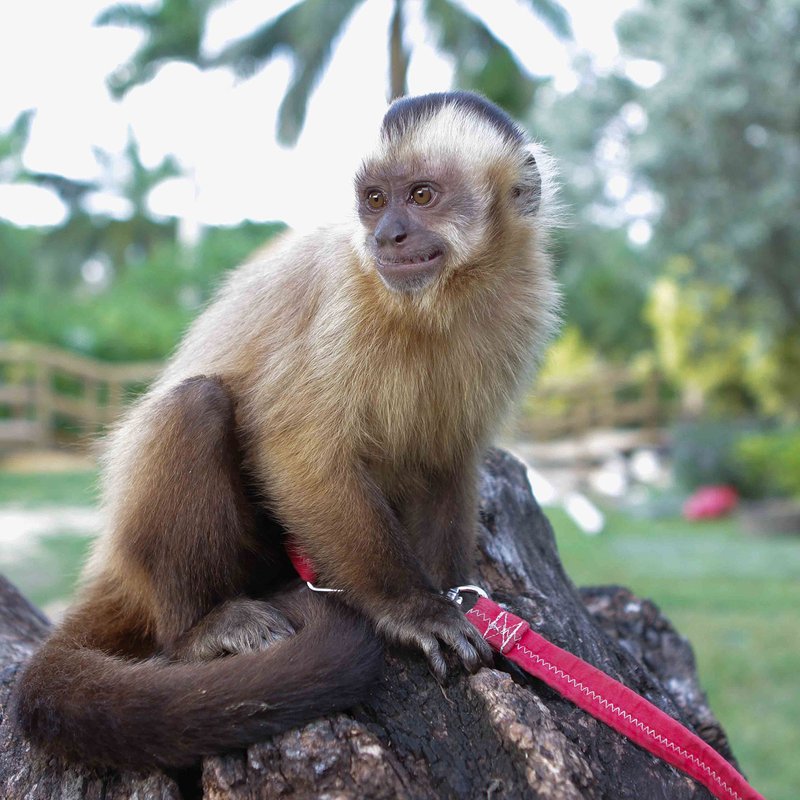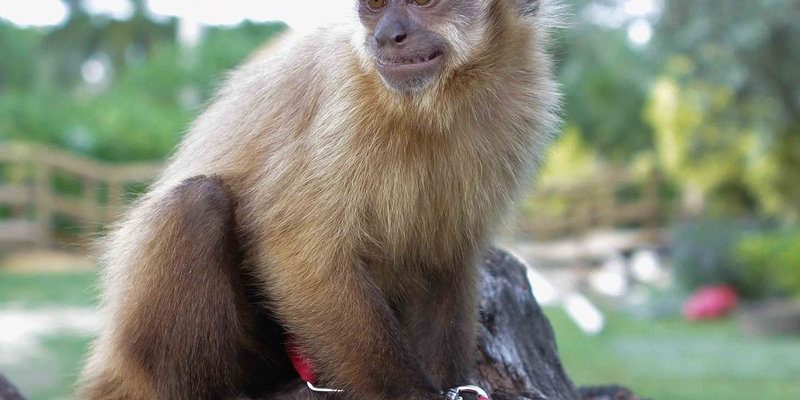
So, what exactly does a tufted capuchin eat, and how do they manage to hunt and gather their meals? To put it simply, this little monkey has a diet that’s as varied as its personality. Think of them as tiny foragers with a knack for strategy. They possess the skills to not just pick a fruit off a tree but to engage in complex problem-solving tasks to get their snacks. In this article, we’ll delve into the delightful world of the tufted capuchin’s diet and the clever hunting strategies they employ.
What Do Tufted Capuchins Eat?
The tufted capuchin’s diet is quite diverse, which is one of the reasons they thrive in different habitats. These monkeys are primarily omnivorous, meaning they enjoy a mix of plant-based and animal foods. You might be surprised to learn that their menu includes:
- Fruits: Berries, bananas, and mangoes are just a few of the sweet treats they adore.
- Seeds and Nuts: They have a particular love for nuts, which provide essential fats and protein.
- Insects: These can be a source of protein, and capuchins have a knack for catching them.
- Small Vertebrates: On occasion, they might munch on small lizards or birds when other food is scarce.
It’s fascinating how their diet adapts to the seasons. For instance, during the fruiting season, you’ll find them high up in the trees, festively feasting on ripe fruits. But when food becomes scarce, they shift their focus to seeds, nuts, and even insects. Here’s the thing: their ability to switch up their diet keeps them healthy and helps them survive in the wild.
How Do Tufted Capuchins Find Their Food?
When it comes to finding food, tufted capuchins are like little detectives, using their keen senses and intelligence to locate their meals. They often work in groups, which enhances their foraging success. Working together isn’t just about sharing food; it’s about employing different strategies to find it.
One of their favored techniques is looking for signs of food in their environment. They might observe what other animals are eating or even follow larger animals to find fruit trees that they’ve disturbed. You might wonder how they figure out what’s safe to eat. Well, tufted capuchins often learn from each other. Young capuchins watch their mothers and other adults closely, picking up vital survival skills along the way.
The Role of Tools in Foraging
Believe it or not, tufted capuchins are one of the few non-human primates known to use tools! This is where they really shine. They’ll often grab stones or sticks to help them crack open hard-shelled nuts. Imagine them as little chefs, using a rock as a hammer to get to the delicious morsels inside.
Using tools isn’t just a show of intelligence; it’s an essential part of their foraging strategy. For example, when they encounter a particularly tough nut, a well-aimed strike with a rock can save them time and energy. This clever use of tools helps them access more of the food sources available to them.
Foraging in Different Habitats
Tufted capuchins can be found in a variety of habitats, from tropical rainforests to more open woodlands. Their adaptability allows them to thrive in different environments, but it also influences their foraging habits.
In dense forests, for instance, they may rely heavily on fruits that grow high in the canopy. Here, their climbing skills come into play as they navigate through the treetops. In contrast, in more open areas, they can be seen foraging on the ground for seeds or insects. Their keen sense of sight and hearing helps them detect food sources, no matter where they are.
Additionally, habitat changes can affect their diet. If a forest is disturbed by logging or other human activities, the monkeys adjust their foraging strategies to take advantage of new food sources, showcasing their remarkable flexibility.
Social Dynamics and Food Sharing
The social structure of tufted capuchins plays a significant role in their hunting and foraging strategies. Living in stable family groups, these monkeys often share their food with one another. This cooperation enhances their chances of survival. When one member finds a particularly tasty food source, they may call others to join in.
This food-sharing behavior is more than just a nice gesture; it strengthens social bonds within the group. The monkeys develop alliances through these shared meals, which can be crucial for their survival. If a tufted capuchin is in need, it can rely on its friends to offer support, whether through sharing food or providing safety in numbers.
Hunting: More Than Just Chance
While they’re excellent foragers, tufted capuchins also engage in hunting small animals. Unlike some predators, their hunting strategies are more opportunistic. They rely on their agility and teamwork to catch insects or small vertebrates. When hunting, you might see them work together to flush out prey from the underbrush. This cooperation increases their success rate.
Their hunting sessions often involve a lot of patience. For example, they may sit quietly in a tree, waiting for unsuspecting lizards to come into view. This waiting game emphasizes their ability to be both active hunters and clever foragers.
The Impact of Environment on Feeding Habits
Environmental factors can significantly impact the feeding habits of tufted capuchins. Seasonal changes play a crucial role in what they eat and how they hunt. During periods of drought, for example, food might become scarce, pushing them to adapt their foraging strategies even further.
Additionally, competition with other species can influence their diet. In habitats where other primates or animals also forage for food, tufted capuchins must be resourceful to secure their meals. They might adapt by foraging at different times of the day or exploring less-conventional food sources.
Food scarcity due to environmental changes can force them to extend their range and explore new areas, showcasing their adaptability. By being open to change, they can continue to thrive despite challenges.
The tufted capuchin is truly a remarkable creature. Their diet and hunting strategies reflect their intelligence, adaptability, and social nature. From using tools to cracking nuts to sharing food with their friends, these monkeys show us just how clever they really are. Understanding their eating habits helps us appreciate the delicate balance of nature and the many ways animals survive and thrive.
So, the next time you see a tufted capuchin swinging through the trees, remember there’s more than meets the eye. They’re little foragers and clever hunters navigating a world full of challenges—just like us, they’re always looking for their next meal.

